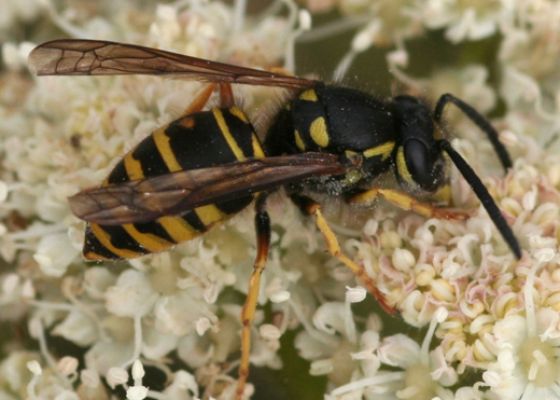Related Products
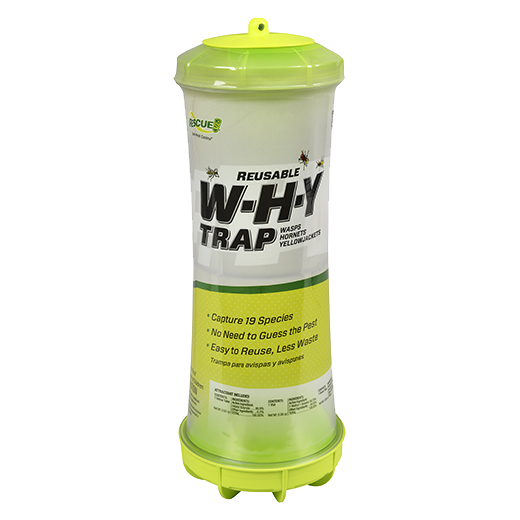
W·H·Y Trap for Wasps, Hornets & Yellowjackets
The W·H·Y Trap has two chambers and three lures to catch 19 d...
VIEW PRODUCT »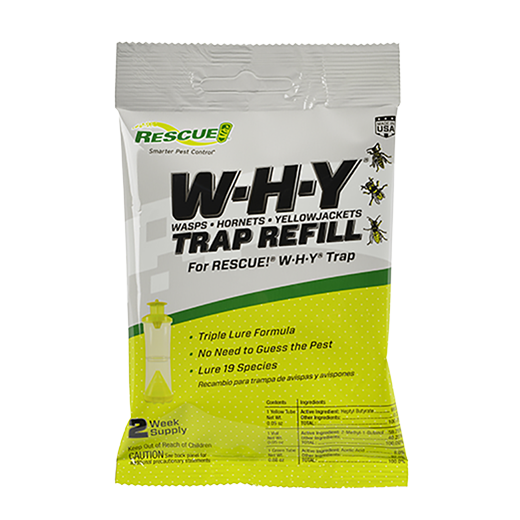
RESCUE! W·H·Y Trap Refill Kit
The RESCUE! W·H·Y® Refill Kit works inside the W&mid...
VIEW PRODUCT »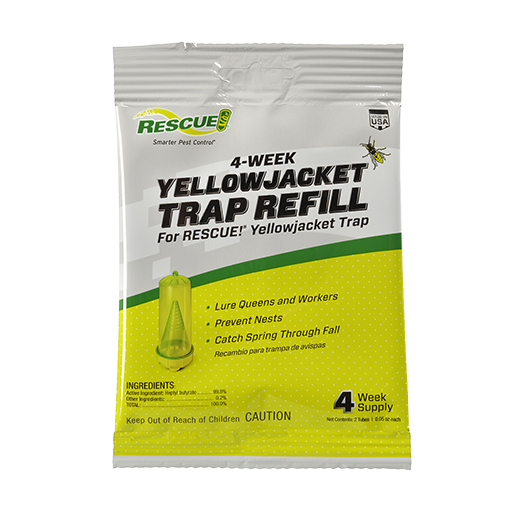
RESCUE! Yellowjacket Refill
The RESCUE! Yellowjacket Refill works inside the RESCUE! Yellowja...
VIEW PRODUCT »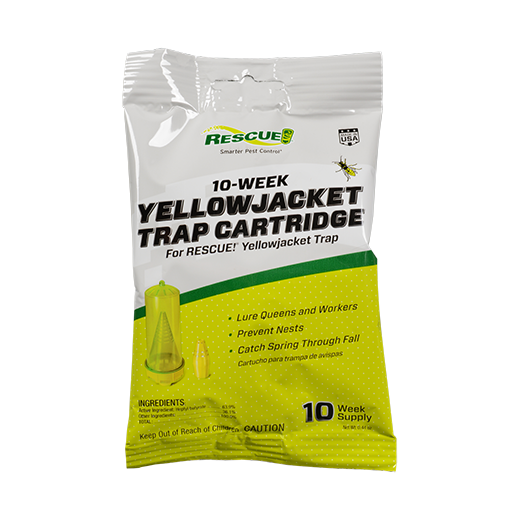
RESCUE! Yellowjacket 10-Week Cartridge
The RESCUE! Yellowjacket 10-Week Cartridge works inside the RESCUE! Ye...
VIEW PRODUCT »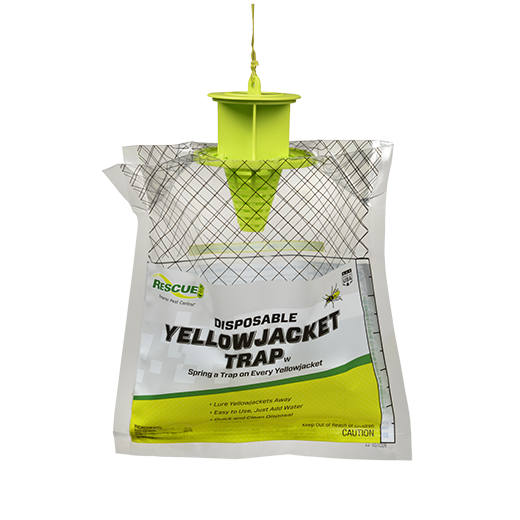
Yellowjacket Trap, Disposable
Like our reusable trap, the RESCUE! Disposable Yellowjacket Trap features t...
VIEW PRODUCT »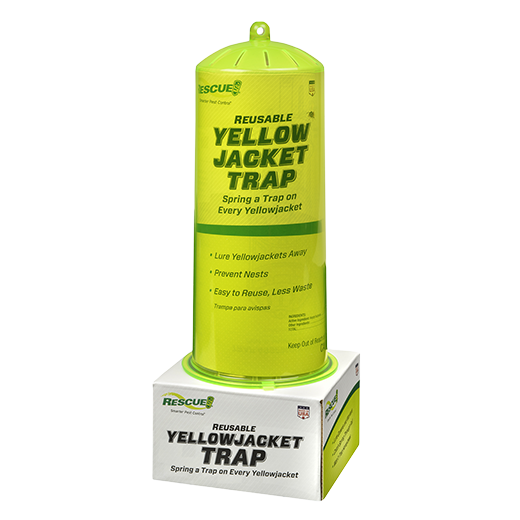
Yellowjacket Trap, Reusable
The RESCUE! Reusable Yellowjacket Trap has a unique trap design that p...
VIEW PRODUCT »Forest Yellowjacket (Vespula acadica)
With fewer than 500 workers, forest yellowjackets have smaller colonies than that of other species.
Geographic Region
Forest yellowjackets are found throughout forests in Canada, from Alaska south to the Sierras f California, and in the Rockies south to Arizona and New Mexico. It’s also found in the upper Midwest and New England states.
Natural Habitat
Forest yellowjackets typically build aerial nests, but subterranean nests in logs are not uncommon.
Weather Conditions
Like most yellowjacket species, forest yellowjackets get established and thrive in hot, dry weather.
Behavior
Because this species is primarily found in more heavily forested areas, the forest yellowjackets has limited contact with humans. If the nest is disturbed, forest yellowjackets will sting aggressively and persistently. Adults feed on nectar and other sweet liquid.
Unique Characteristics
Forest yellowjackets are black with yellow markings.
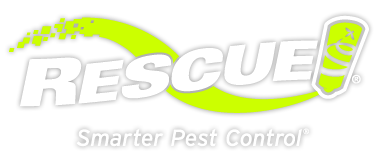

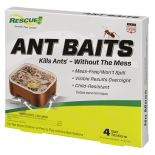 Ant Baits
Ant Baits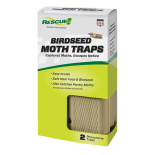 Birdseed Moth Trap
Birdseed Moth Trap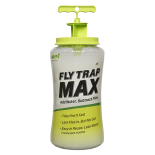 Fly Trap Max
Fly Trap Max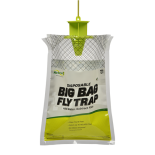 Fly Trap, Big Bag
Fly Trap, Big Bag 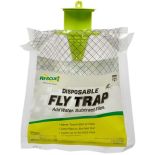 Fly Trap, Disposable
Fly Trap, Disposable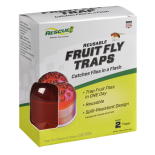 Fly Trap, Fruit Fly
Fly Trap, Fruit Fly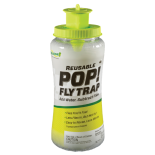 Fly Trap, POP! Fly
Fly Trap, POP! Fly 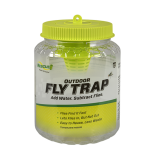 Fly Trap, Reusable
Fly Trap, Reusable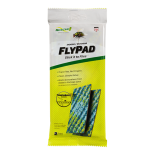 FlyPad
FlyPad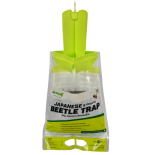 Japanese & Oriental Beetle Trap
Japanese & Oriental Beetle Trap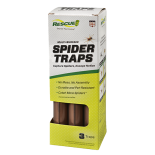 Spider Trap
Spider Trap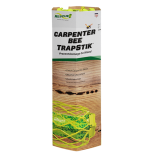 TrapStik, Carpenter Bee
TrapStik, Carpenter Bee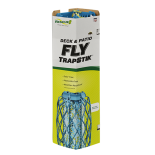 TrapStik, Deck & Patio Fly
TrapStik, Deck & Patio Fly 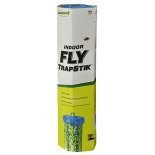 TrapStik, Indoor Fly
TrapStik, Indoor Fly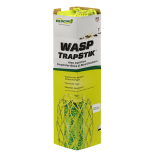 TrapStik, Wasp
TrapStik, Wasp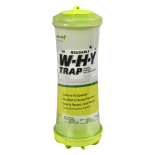 W·H·Y Trap for Wasps, Hornets & Yellowjackets
W·H·Y Trap for Wasps, Hornets & Yellowjackets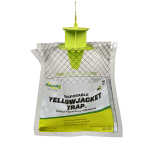 Yellowjacket Trap, Disposable
Yellowjacket Trap, Disposable 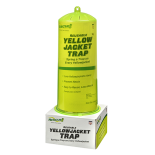 Yellowjacket Trap, Reusable
Yellowjacket Trap, Reusable 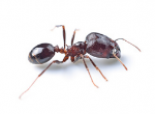 Ants
Ants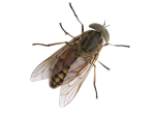 Biting Flies
Biting Flies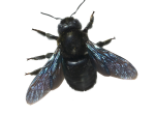 Carpenter Bees
Carpenter Bees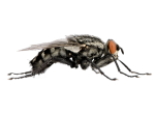 Flies
Flies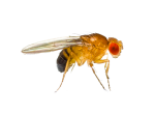 Fruit Flies
Fruit Flies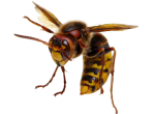 Hornets
Hornets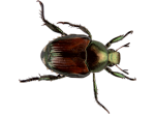 Japanese Beetles
Japanese Beetles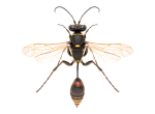 Mud Daubers
Mud Daubers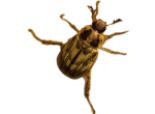 Oriental Beetles
Oriental Beetles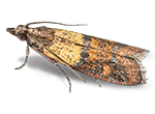 Birdseed & Pantry Moths
Birdseed & Pantry Moths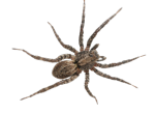 Spiders
Spiders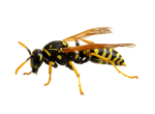 Wasps
Wasps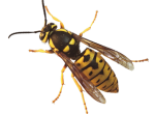 Yellowjackets
Yellowjackets